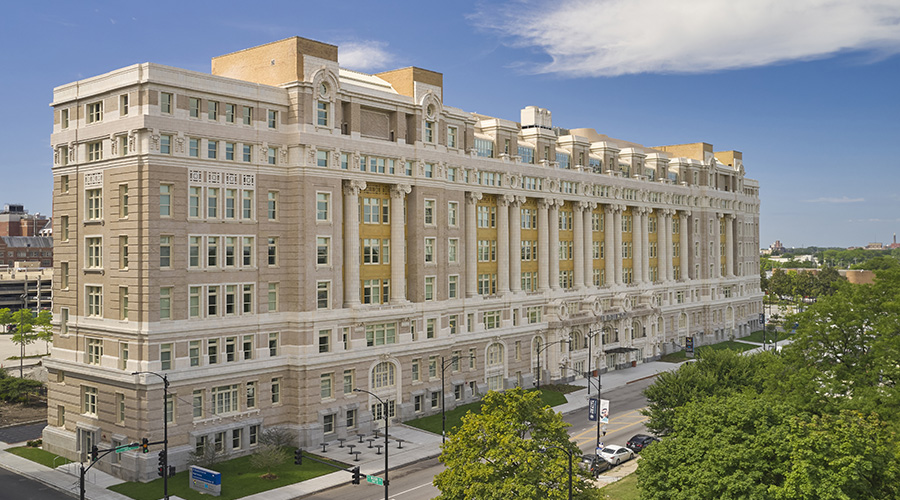Maintaining Healthy Buildings Through Technology and Communication
Managers who effectively care for facilities foster occupant health and comfort, which enhances the organization’s overall productivity.
Technology plays an important role in many aspects of facilities, helping managers and technicians to make sure systems are properly maintained so they work well and, as they are operating, to understand the way they are performing. Two software applications that play these specific and critical roles in HVAC system operations are computerized maintenance management systems (CMMS) and building automation systems (BAS).
A CMMS helps managers schedule and plan maintenance tasks, manage work orders, track assets and maintenance history, streamline inventory management and provide related reporting capability.
A BAS provides centralized control of HVAC systems and helps with energy management. For these systems to succeed, they need to align with the organization and the facilities team. When used well, these technologies help the facilities team monitor and manage building system performance and related maintenance tasks.
A brief, regular review of a CMMS can help managers understand important issues, such as:
- a large deferred maintenance backlog
- an excessive number of open work orders
- a piece of equipment that regularly fails or requires a repeated corrective maintenance
- alerts and alarms.
- A similar review of a BAS can help managers understand:
- alerts and alarms
- equipment operating in override mode or when it should be off
- hot or cold zones
- zones with high CO2 readings
- heating and cooling systems operating at the same time
- open outside air dampers when they should be closed.
- closed outside air dampers closed when the building is occupied
Communicating with occupants
Occupants are the most important assets in facilities. From an organizational perspective, their salaries account for most of an organization’s annual spending. As stewards of the built environment, managers who effectively care for facilities foster occupant health and comfort, which enhances the organization’s overall productivity.
Building occupants also are some of the best mobile sensors in facilities. They will quickly let facilities teams know when an office is too hot or cold, if it is stuffy or if something does not smell right. Having a good communication program to manage occupant requests, complaints and expectations can build positive interactions that use occupant input to keep facilities operating as intended.
While a CMMS is instrumental in managing occupant requests, it should not replace human interaction. Positive relationships between occupants and facilities personnel are critically important to a well-run facility.
Engaging the team
Successful operations and maintenance programs need engaged facilities teams that are invested in the organization, are solutions-minded and understand the systems and equipment under their care. Organizations need to invest in their ongoing development, ensuring they have appropriate training and support as they work with people, systems, equipment and technology.
Training programs should address safety, regulatory compliance issues, needed skills, and processes and procedures for getting work done efficiently. Managers also need to train their teams to use their practical skills. For example:
When walking around the facility, watch for: signs of water on floors, ceiling tiles and insulation; funky odors; weird sounds; and exterior doors that are difficult to open or close.
Listen for occupant complaints related to hot and cold space temperature, stuffiness, dank air, bad odors and headaches.
Fostering a positive environment that engages and develops the team contributes to better performance and productivity, leading to improved building performance and healthy environments for occupants.
A good operations and maintenance program is fundamental to facilities and organizations that perform well. More than simply maintaining equipment, the program supports organizational productivity and human well-being, and it ensures facilities are efficient, effective and healthy.
Laurie Gilmer is president and chief operating officer of Facility Engineering Associates. Gilmer is past chair of IFMA’s global board of directors. She is IFMA's liaison to the Building Industry Decarbonization Collaborative and serves on the national visiting committee of Building Efficiency for a Sustainable Tomorrow
Related Topics:













